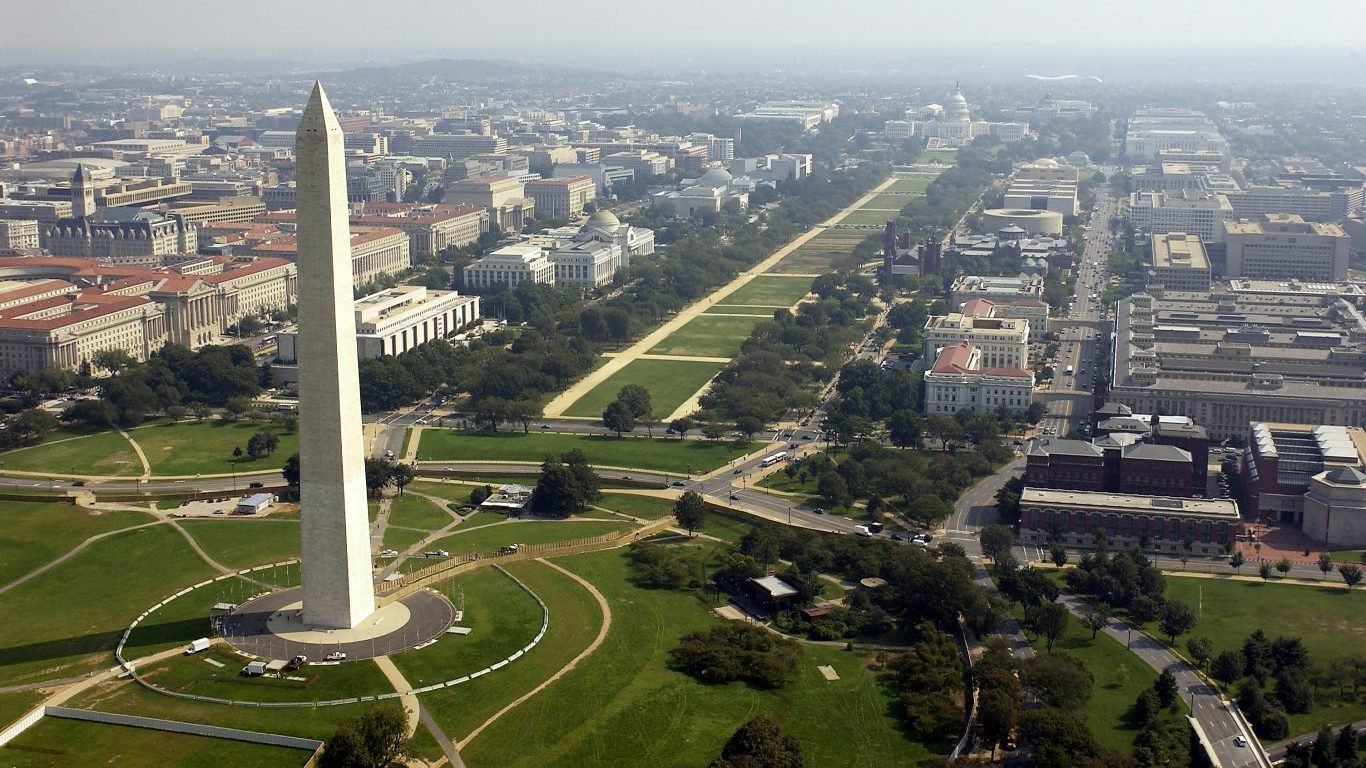

No states have been admitted to the United States since 1959, when both Alaska and Hawaii joined. Many lists of the 50 states include the District of Columbia as an afterthought. Its only status is that it “operates under Congressional jurisdiction.” Its citizens have no representation of their own in the federal government. They can vote for president, a right its residents first exercised in 1964. The district’s mayor, who does not have the authority most mayors do, wants D.C. to become the 51st state.
Congress will hear D.C. Mayor Muriel Bowser’s case later this month. Bowser claims that this is the first chance the district has had to argue its point in 26 years. District residents pay federal taxes. According to government analysis website Route Fifty, some 500 federal laws treat D.C. as a state. At the core of Bowser’s case is that “We are talking about the denial of our fundamental rights as American citizens. … A denial of rights that causes political and economic harm.” She added that residents do not have rights to influence federal spending, or even if the United States declares war. The district has more than 700,000 residents, more than the states of Vermont and Wyoming.
No matter what the sentiment of Congress is toward D.C. today, Bowser has an extraordinarily high wall to clear. The rule for establishing statehood goes back to the ratification of the Constitution in 1788. In the case of most states, a state constitution had to be written. Once residents had approved their constitution, it was submitted to Congress for approval, with final approval by the U.S. president.
According to Roll Call, the process is further complicated because, based on how experts interpret federal law today, a state cannot be admitted to the union without a full constitutional amendment. Two-thirds of the House and Senate would have to vote for approval. Following that, three-quarters of the states must approve the request for statehood as well. However, some states were admitted without going through this complex process, such as California in 1850. This is how each state was founded.
Additionally, should D.C. be admitted as a state, a 51st star would be added to the U.S. flag. The addition would mark the 28th iteration of Old Glory since the nation gained independence. Here are the 27 different U.S. flags and how they got that way.
No matter the details of how a state is formed, one thing is certain. Congress must vote for approval. Even though the District of Columbia has lobbied for statehood status for years, Congress has shown no interest in allowing it.
Sponsored: Attention Savvy Investors: Speak to 3 Financial Experts – FREE
Ever wanted an extra set of eyes on an investment you’re considering? Now you can speak with up to 3 financial experts in your area for FREE. By simply
clicking here you can begin to match with financial professionals who can help guide you through the financial decisions you’re making. And the best part? The first conversation with them is free.
Click here to match with up to 3 financial pros who would be excited to help you make financial decisions.
Thank you for reading! Have some feedback for us?
Contact the 24/7 Wall St. editorial team.



